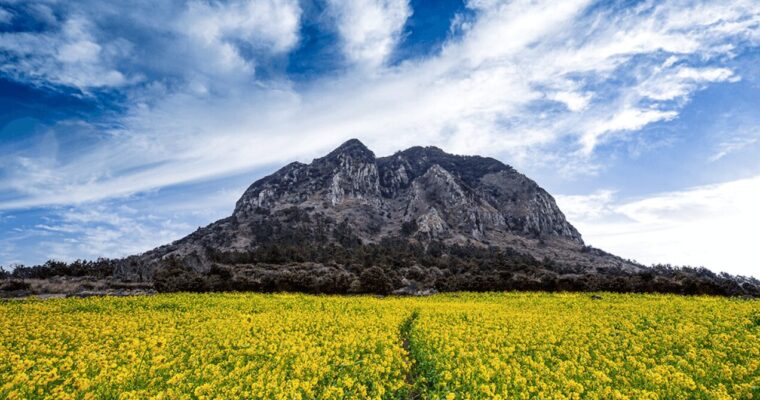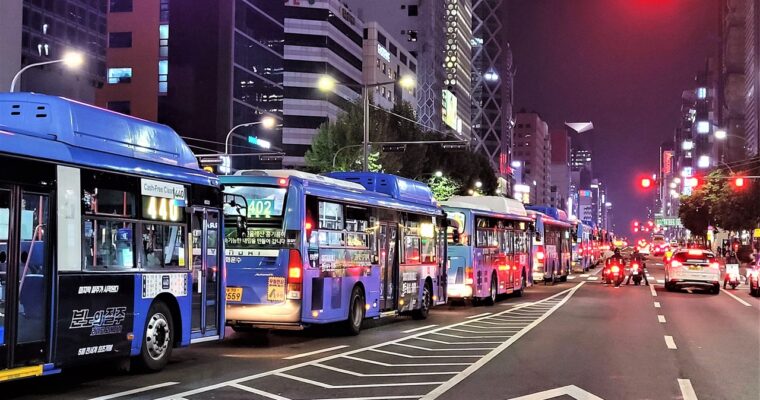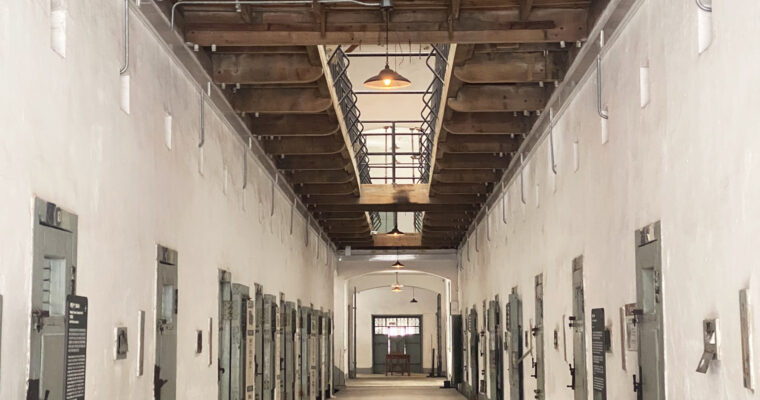5 must-visit destinations to explore Jeju Island: 5 must-visit destinations for travelers
Located on the southern coast of Korea, Jeju Island is a tropical paradise known for its wonderful scenery, volcanic heritage, and unique culture. Whether you are seeking adventure or wanting to relax, Jeju has something special. Here are five must-visit places for your trip to Jeju.
1. Hallasan National Park (한라산 국립공원)
Hiking magnificently from the center of Jeju Island, Hallasan Mountain is Korea’s highest peak at 1,947 meters tall. The dormant volcano is surrounded by a beautiful national park, a haven for hikers and nature lovers.

Hallasan National Park – official web site
The park offers several trails, the most popular of which are Seongpanak and Gwaneumsa Temple, which lead to the top of the mountain. From the top, you can see a wonderful view of Crater Lake and the island below.
In addition, Hallasan’s diverse ecosystem boasts a variety of unique species of animals and plants and offers a lively spectacle year-round. When you reach the top of Hallasan Mountain, you can enjoy wonderful scenery and a sense of accomplishment.
2. Seongsan Ilchulbong (Sunchulbong) (성산일출봉)
This UNESCO World Heritage Site, also known as Ilchulbong Peak, is a volcanic crater that formed 5,000 years ago. It is located on the eastern edge of Jeju Island and is famous for its beautiful sunrise.

The summit of Seongsan Ilchulbong Peak is a relatively short course. If you visit early in the morning, you can see the spectacular sunrise over the East Sea from the summit. Visiting Seongsan Ilchulbong Peak in the early morning is a great way to start a day on Jeju Island. The place is certified as a UNESCO Cultural Heritage site for its unique formation and scientific value.
3. Jeju Folk Village Museum (제주 민속촌 박물관)
A visit to the Jeju Folk Village Museum is essential to experience Jeju’s rich history and culture. The outdoor museum displays traditional thatched houses and historical relics.

Jeju Folk Village Museum -website link
The village features more than 100 restored buildings, including houses, government offices, and religious sites, reflecting Jeju’s lifestyle in the 19th century.
Visitors can enjoy programs such as folk performances, reenactments, and workshops that give them a glimpse of the island’s past. The museum is loved by history lovers as it offers immersive experiences that bring Jeju’s cultural heritage to life.
4. Manjanggul Cave (만장굴)
The Manjanggul Cave is one of the longest lava caves in the world, stretching over 13 km. The cave is a UNESCO World Heritage Site and is famous for its impressive lava formation.

Inside the caves, visitors can witness fascinating formation, such as lava stalactites, stuccinos, and the largest known lava column in the world.
Guided tours offer knowledge and insight into the geological history and formation of caves. In addition, surreal underground landscapes offer unique adventures for geology lovers and those seeking other world experiences.
Operation will be suspended until August 31, 2025, according to the internal safety inspection and exploration environment improvement work. ※ Repair work (Suspension of operation) period: December 29, 2023 to August 31, 2025
5. Cheonjeyeon Falls (천지연 폭포)

Often called the “Pond of God,” Cheonjeyeon Falls is a three-tiered waterfall set in a lush subtropical forest. Picture-like surroundings – Waterfalls are surrounded by lush greenery, and crystal clear water is a beautiful place for photography and relaxation.
Senior Bridge – a nearby bridge decorated with seven ‘nymphs’ offers stunning views of the waterfall below.
Cheonjeyeon Falls is the best place to relax and soak in Jeju’s natural beauty.
Link to the relevant website
Exploring Gyeongbokgung Palace: A Glimpse into Korea’s Royal Heritage
Top 5 Recommended Hotels for Travelers Visiting Korea








































